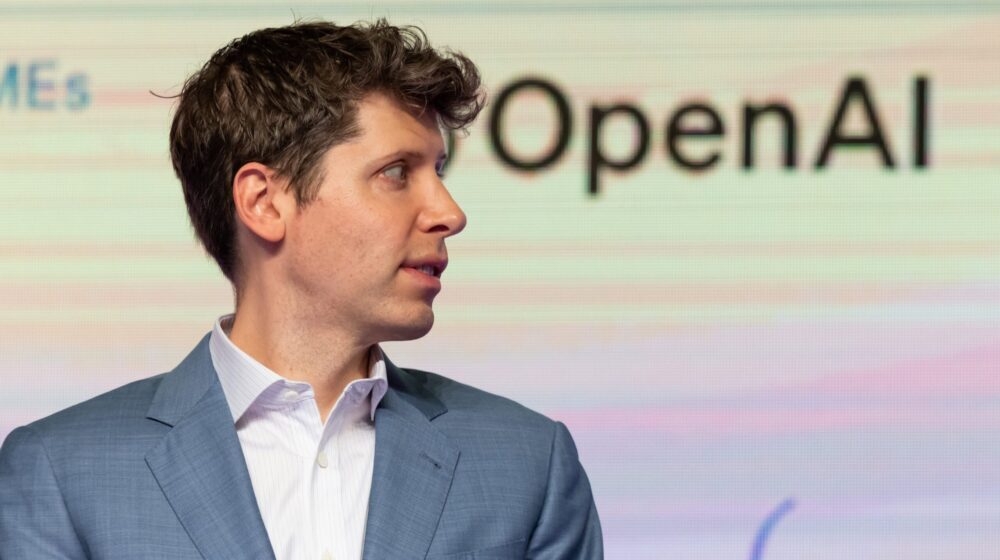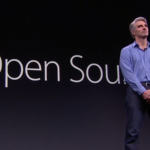Just before OpenAI CEO Sam Altman was fired from the company last weekend, multiple company researchers had penned a letter to the board of directors, cautioning about a significant artificial intelligence breakthrough that they believed could pose a threat to humanity, reports Reuters.
This mysterious AI algorithm as well as the previously unreported letter were pivotal occurrences leading up to Altman’s removal by the board. Altman has now been reinstated to his original position as the CEO of the company following support from Microsoft CEO Satya Nadella and over 700 employees threatening to resign to bring Altman back.
Among various concerns raised by the board, the letter was highlighted as one contributing factor that led to Altman’s dismissal. These concerns included worries about commercializing technological advances without a comprehensive understanding of the potential consequences.
While Reuters did not have access to a copy of the letter for review, there was no response to requests for comments from the staff who authored it. OpenAI declined to comment on the matter, but reportedly confirmed the existence of a project named Q* (pronounced Q star) and the circulation of a letter to the board in an internal communication to its staff prior to the weekend’s developments, according to one of the individuals.
According to an OpenAI spokesperson, this message was sent by long-time executive Mira Murati, who very temporarily became the interim CEO after Altman’s exile. She had apparently apprised the staff of particular media reports without providing any commentary on their accuracy.
Sources say that within OpenAI, some believe that Project Q* could potentially represent a breakthrough in the startup’s pursuit of artificial general intelligence (AGI). OpenAI describes AGI as potentially autonomous systems with the capability to outperform humans in the majority of economically valuable tasks.
This new model was reportedly able to solve certain mathematical problems with ease, but only with vast computing power at its disposal. Although it was only able to work with grade-school maths, performing well in such tests made the researchers optimistic about its success in the future.






